
The Ghost Towns of Lake Urmia, Once West Asia’s Largest Lake
Ships, farms, and hotels were left high and dry when 90 percent of the water disappeared.
On an arid, salty lake bed in northwestern Iran, an eerie and apocalyptic landscape greets visitors. Miles from a struggling port town and the shore of a once-mighty lake, an abandoned ship sits wedged against a pier that leads nowhere. Rows of swan-shaped pedal boats lie on the white, salt-crusted basin, a sign of devastating water loss in what was once the largest lake in the Middle East, and the sixth-largest salt lake on the planet.
Lake Urmia (also spelled Oromieh) is shared between the Iranian provinces of West Azerbaijan and East Azerbaijan, and is surrounded by rugged red mountains. Urmia is also the name of a nearby city in West Azerbaijan. The nearly six million people who live in the Urmia basin have deep social and economic ties with this shrinking body of water. The Turk-Azeri people, who live around the lake, treasure it as a symbol of their identity, calling it “the turquoise solitaire of Azerbaijan.”

Once a thriving tourist destination, Lake Urmia provided a livelihood to countless people, including my mother’s family. My grandfather ran a lakefront motel in the touristy port city of Sharafkhaneh, where my grandparents still live today. Less than a decade ago, my grandfather hosted dozens of tourists a day in the summers. I spent all my childhood summers on the shore of the salt lake, in my grandparents’ house. When the lake was still a popular destination, bathers would immerse themselves in the saline water and smear their bodies with its legendary black mud. I cherish those memories and still remember the sound of the waves, the chatter of beachside vacationers, the sulphur smell of the dark mud, and the salty breeze in the mid-afternoon heat.
As Lake Urmia dried up, local tourism and agriculture suffered. Like so many structures in the area, my grandfather’s motel now lies in ruins. The port town is now a sparsely populated village that young people flee for nearby cities, and most of the residents who have stayed are elderly. Neither port town nor salt lake resembles the place of my childhood memories.
In its heyday, this lake was the largest natural habitat for Artemia brine shrimp, which are uniquely adapted to saline environments, as well as an essential stopover point for migratory birds such as flamingos and pelicans. It remains a UNESCO Biosphere Reserve, but the lake has lost about 88 percent of its surface area during the past three decades. A recent study concluded that increasing temperatures and a changing climate helped to dry out the lake, combined with booming agriculture in the region.

The vast consequences of this environmental catastrophe have finally triggered a coordinated effort to save the lake. The Iranian government has created a national lake restoration committee and aims to invest $5 billion over 10 years. In the past two years, above-average precipitation has helped to turn the tide.
Experts say it may take decades for the lake to return to its former glory, but the improvements are giving hope to residents living around the lake. “I lived my whole life beside the lake,” says Rahmani, a farmer who points a finger at the lake from his nearby farm. “I could always see the sunset glistening on the water from my house on the hills. I never thought the lake could become a salt desert.”
Rahmani was one of the first farmers who signed up for a sustainable agriculture project. “When the water level went down, the cost of irrigating farms increased, which meant we need to change our old farming ways,” he says. “In this region, most farmers have changed to a sprinkler watering system, and every year, we change the crop pattern: one year wheat, another year pumpkin.”
The vanishing of Lake Urmia is much more than an environmental hazard; it is an emotional wound in the memory of people. For those of us who remember what this place once was, the lake is much more than a receding blue spot on the world map. It is a part of our identity, and we can only hope that it does not vanish forever.








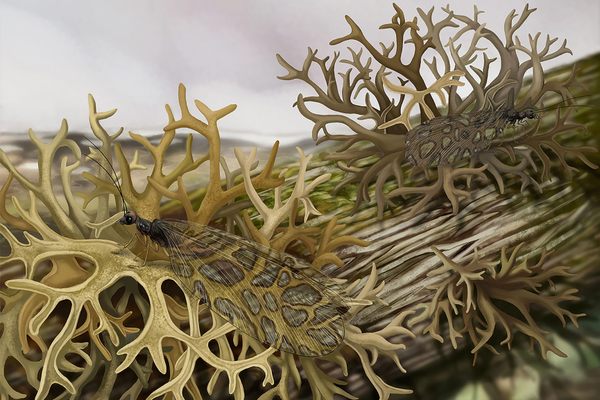
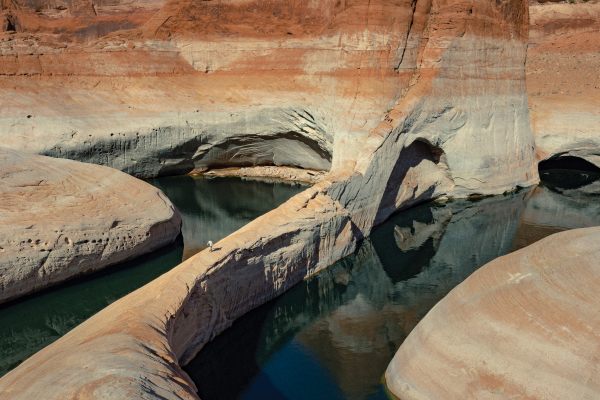
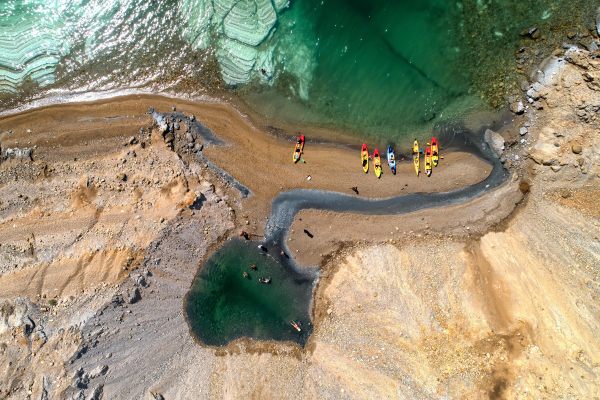
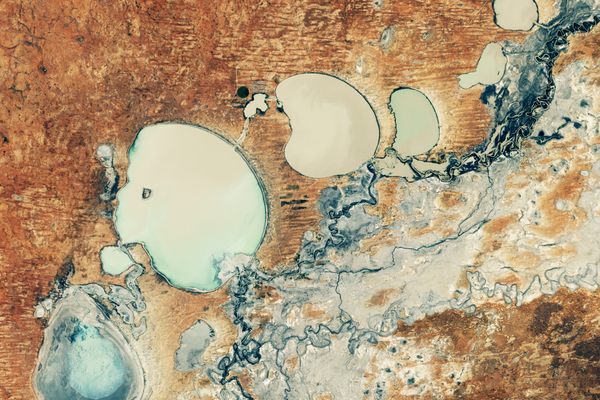
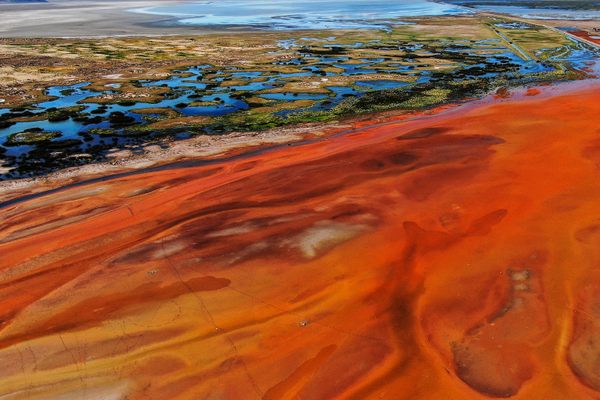








Follow us on Twitter to get the latest on the world's hidden wonders.
Like us on Facebook to get the latest on the world's hidden wonders.
Follow us on Twitter Like us on Facebook